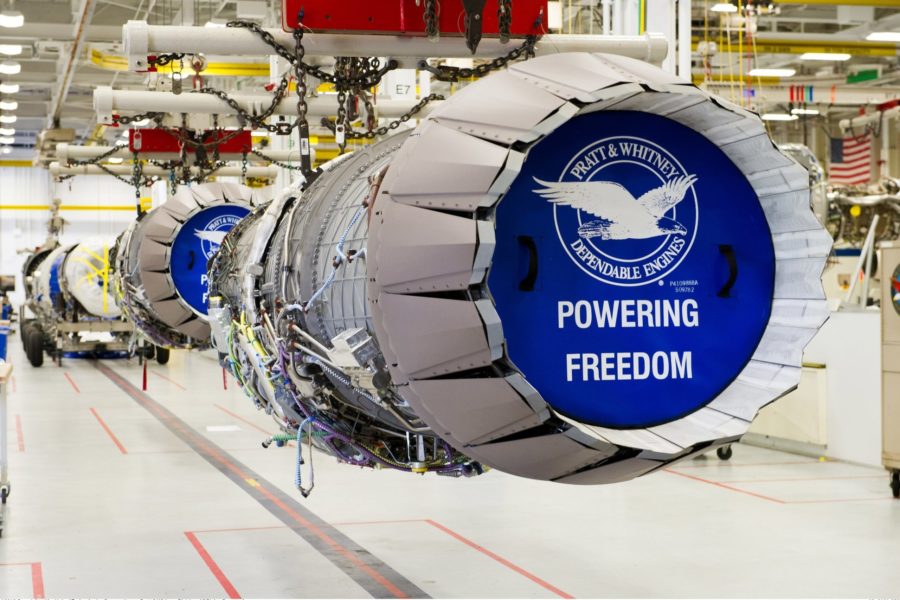The Pentagon awarded a contract worth over $2 billion for the next batch of F-35 engines to Pratt & Whitney on June 5.
The deal for Lot 17 F135 engines, totaling $2.02 billion, is expected to be completed by December 2025, the Pentagon said in its announcement.
The new contract does not specify how many engines will be included in the lot, but it does come three months after Pratt & Whitney announced it had struck a deal with the F-35 Joint Program Office for Lots 15 and 16 of the engine, with an option for Lot 17. The company said at the time Lot 17 could include 140 or more engines.
Those engines would presumably not be included in Pratt & Whitney’s planned F135 Engine Core Upgrade—needed to meet the F-35’s growing power and cooling needs—as the contractor has said it is targeting 2028 to start delivering those enhanced engines.
The contract announcement said a large portion of the money for Lot 17 will come from non-U.S. F-35 partners and foreign military sales funds—some $817 million. Air Force funds cover another $557 million, and the Department of the Navy contribution is around $646 million.
Last month, the Pentagon exercised a $7.8 billion contract option for Lot 17 of the F-35 aircraft—126 airframes in total—with contractor Lockheed Martin. Work is expected to be finished by mid-2026.
The contracts for Lot 17 of both the engine and aircraft come after negotiations on Lots 15-17 of the aircraft dragged on for months longer than anticipated.
Not long after a “handshake” deal was announced, a December 2022 crash of an F-35B halted deliveries of both F-35s and F135 engines. A Defense Department investigation uncovered a “harmonic resonance” issue, and Pratt & Whitney was able to develop a field fix that allowed deliveries to resume after several months.
Moving forward, the F-35 is likely to have increased power needs, as Tech Refresh 3 and Block 4 upgrades increase demand from the engine and the Power and Thermal Management System (PTMS), which provides cooling for avionics, radar, and other equipment, as well as emergency power, cockpit conditioning, some electrical power, and more.
Pratt’s solution to that issue is the Engine Core Upgrade, a modest upgrade to the system. After considering an entirely new engine from its Adaptive Engine Transition Program (AETP), the Air Force opted to go with the Engine Core Upgrade due to cost and integration concerns with the AETP engines.
A recent report from the Government Accountability Office recommended the Congress direct the Pentagon to break out the F-35’s propulsion upgrade from the rest of the program better to track its scope, schedule, and cost. The GAO also recommended the DOD set its long-term propulsion requirements, a move Pratt, a division of Raytheon Technologies, also endorsed.
